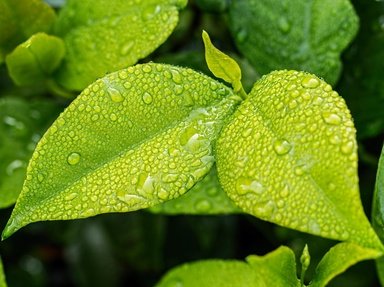Quiz Answer Key and Fun Facts
1. Which indigenous African fruit tree not only feeds the locals but whose oil-rich seed is used in the cosmetics industry?
2. The "bird of paradise" flowering plant belongs to a plant family named for a royal. Which royal personage is the source of the genus name?
3. Although the seedless variety was not produced until 1939, which fruit has origins in Africa from over 5000 years ago?
4. What tree, indigenous to Africa, grows seed pods known as indehiscent legumes that produce a sweet but sour pulp used in cuisines around the world?
5. Adansonia digitata is one of the eight extant species of baobab, one of Africa's most iconic trees. What distinguishes it from the other seven species?
6. The saintpaulia is a perennial flowering plant native to Tanzania and Kenya. What is the common name for this popular houseplant?
7. Considered native to Africa, this fruit tree requires a wasp for pollination. Which tree is it? If only Zacchaeus was here.
8. Which regal bloom is the national flower of South Africa?
9. Kigelia africana, the so-called sausage tree, is endemic to tropical Africa. Why is it called the sausage tree?
10. Blighia sapida, known by the common name of ackee, is a tree native to West Africa, whose fruits are a staple of various Caribbean cuisines. To whom does this plant owe its scientific name?
Source: Author
jaknginger
This quiz was reviewed by FunTrivia editor
rossian before going online.
Any errors found in FunTrivia content are routinely corrected through our feedback system.
